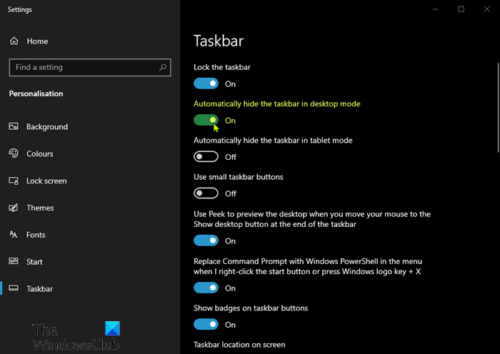
This assumes it matches the capabilities of the monitor. If file SG2_ pipe-number _TimingTable is not present, then the Modes definition dictates the modeline the display device will use.

If your framebuffer or managed area is larger than your video output, the viewport will scroll based on the cursor position. If the SG2_formats file pointed to by SG2_ pipe-number _TimingTable is within the capabilities of the device, this will be your video resolution output for the card. If the Modes setting is larger than that in SG2_ pipe-number _TimingTable or default resolution, the Modes setting dictates the size of the framebuffer or managed area of the graphics card. If SG2_ pipe-number _TimingTable exists, Xvc compares its contents to the Modes definition of the Screen section of XF86Config and the capabilities of the device.Īs a result of the preceding, Xvc takes the following actions: This is a text file containing the default, persistent resolution for pipe pipe-number. Xvc checks for file /etc/X11/Xvc/SG2/SG2_ pipe-number _TimingTable. Consequently, this might result in an inappropriate resolution assignment. This is of particular importance since a modified modeline with the same name will not get updated as far as Xvc is concerned. If there is a file with the same name already present in that directory with the same name, Xvc will not overwrite this file. This file will contain a representation of the modeline. If there are modelines in the Monitor section that are not contained in the /etc/X11/Xvc/SG2_formats directory, Xvc adds a file named as the identifier of the modeline with a.

vfo files for those formats that have been validated by the X server to be loadable on at least one graphics card on the system. Xvc compares the information collected from the display along with the modelines found on the Monitor section of the XF86Config file to the contents of the /etc/X11/Xvc/SG2_formats directory.

If XFree86 does not obtain the EDID information either because it is expressively ignored (the ignoreEDID option) or simply because the display was not detected, Xvc sets the range of capabilities of the device based on the Monitor section definition in the During graphics startup, XFree86, by default, reads theĮxtended Display Identification Data (EDID) from the display through theĭisplay Data Channel (DDC) and collects among other things the resolutions that a monitor supports.


 0 kommentar(er)
0 kommentar(er)
